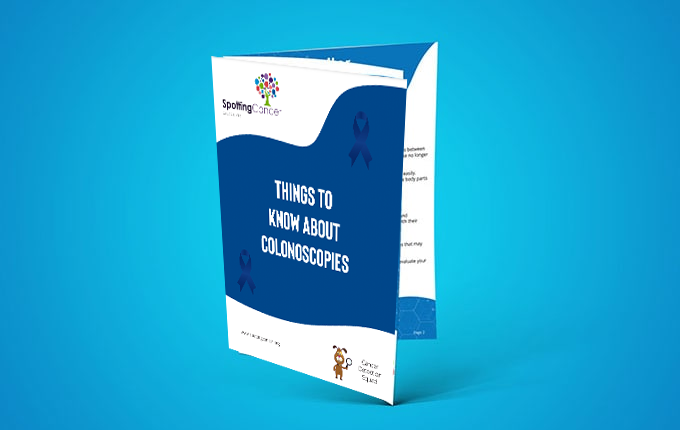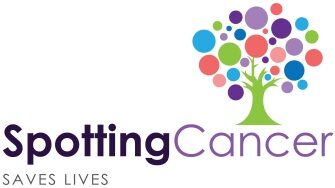#SpotandSurvive
In 5 Simple Steps
Monitor your body for any abnormalities
Here's how to monitor your body:
- Know the signs and symptoms as outlined in Step 1 of the site. (2)
- Create a baseline for your body by downloading and completing the BASELINE CHART.
- Download SYMPTOMS MONITORING CHART and AREAS TO BE MONITORED.
- Examine each part of your body shown in the AREAS TO BE MONITORED chart using the outlined procedure below to detect any changes. Repeat procedures on a regular basis.
- When doing your exam, use the same lit room, a full-length mirror, and a handheld mirror. Women should monitor their bodies consistent with their menstrual cycle.
- Determine if any changes have occurred using the SYMPTOMS MONITORING CHART.
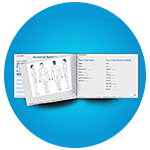
Download the Baseline Body Comparison Chart
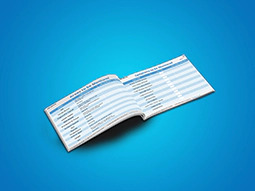
Download and update these Body Monitoring Charts
Monitor these body parts and conditions for early cancer detection

Monitor Your Ear
Monitor Your Ear
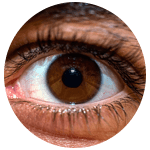
Monitor Your Eye
Monitor Your Eye

Monitor Your Breast (Female)
Monitor Your Breast (Female)

Monitor Your Fingernails and Toenails
Monitor Your Fingernails and Toenails

Monitor Your Urine & Stool
Monitor Your Urine & Stool
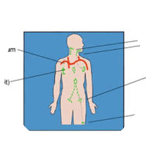
Monitor Your Lymph Nodes
Monitor Your Lymph Nodes
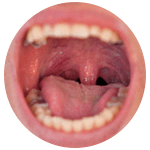
Monitor Your Mouth, Tongue and Throat
Monitor Your Mouth, Tongue and Throat

Monitor Your Scrotum (Testicles)
Monitor Your Scrutom (Testicles)

Monitor Your Skin
Monitor Your Skin
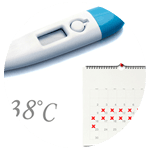
Monitor Your Temperature
Monitor Your Temperature

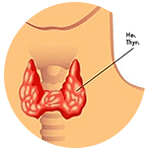
Monitor Your Thyroid
Monitor Your Thyroid
Don’t forget to check your symptoms

Bleeding, Discharge, and Bruising

Heavy Night Sweats

Indigestion and Heartburn
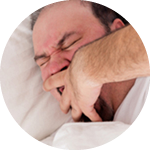
Chronic Fatigue Weakness
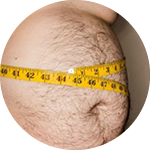
Continuous Swelling Bloating
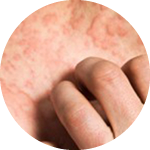
Non-Stop Itching
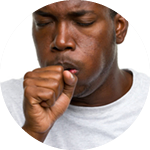
Cough, Wheezing & Breathlessness
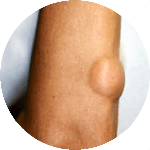
Tumors, Lumps, Masses & Bumps

Severe Headache
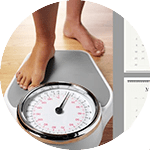
Unexplained Weight Changes

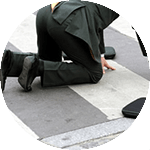
Unexplained Falls
-
Have medical provider show you how to self monitor
-
Record your baseline
-
Establish a monthly date to perform a full body check up
-
As a precaution contact your medical provider upon seeing a sign or noticing a symptom.

Step 1:
Signs & Symptoms
To monitor yourself for early cancer detection, you must know the cancer signs and symptoms. A listing of the various signs and symptoms are just a click away.

Step 2:
Body Monitoring
Cancer grows 24/7. Therefore, you must monitor your body to detect any abnormality between regular doctor visits or screenings. The tools and methods are described in this section.

Step 3:
Family History
Knowing and charting your family medical history will help your medical team as they develop a long-term wellness program suited to your unique needs.

Step 4:
Medical Team
Cancer is not self-healing. Therefore, when spotting a cancer sign or symptom, consider it a red flag that should cause you to consult your medical team immediately to determine if it is cancer or another illness.

Step 5:
Screening & Testing
Not all cancer signs and symptoms are visible. You should establish specific times for the various cancer screening and tests with your medical team.
Help Spread the Word
Be an advocate in reducing death from cancer. Make your family and friends aware of information and methods available to spot cancer early.

Stay Informed!
Watch for Oakley’s monthly newsletter.
Look At More Free Resources
you can
when you download and use our guides
Get the Complete Body Monitoring Guide
Download the Complete Body Monitoring Guide to keep track of your body’s changes. The guide includes interactive charts and body monitoring guidelines.
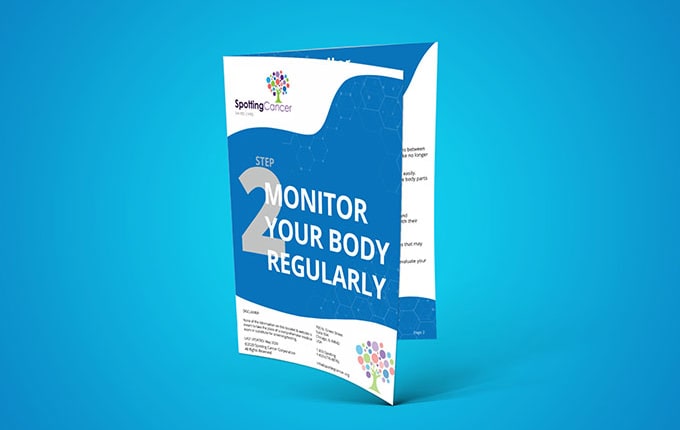
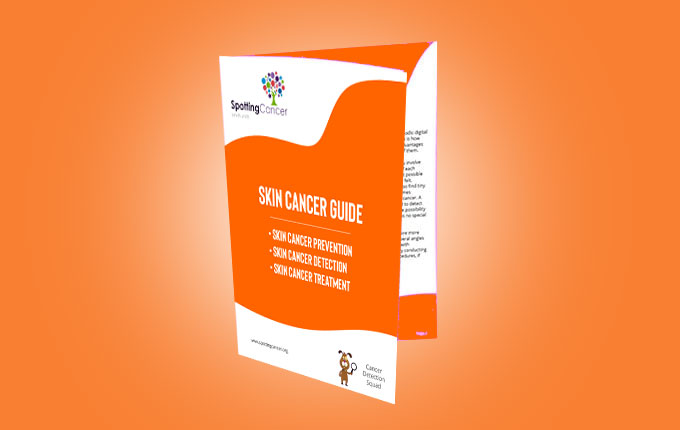
Skin Cancer Guide
Get our latest insights into skin cancer prevention, detection and treatment in this easy to follow guide.
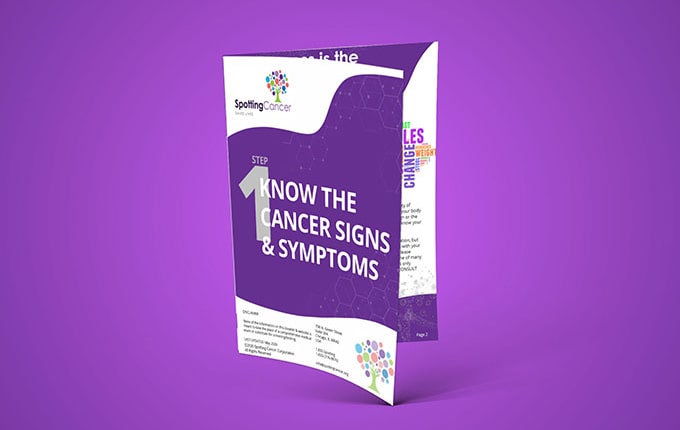
Get the Signs & Symptoms Guide
Download the Spotting Cancer Signs & Symptoms Guide to learn what to look for. Knowing and spotting indicators of cancer early can save your life.

Save a Body Monitoring and Screening & Testing schedule
Regular monitoring and testing is a life-saving habit. Save a Body Monitoring and Screening & Testing schedule to your Google Calendar or iCalendar to stay on track!
Baseline Body Comparison Chart
Download the Baseline Body Comparison Chart for comparison
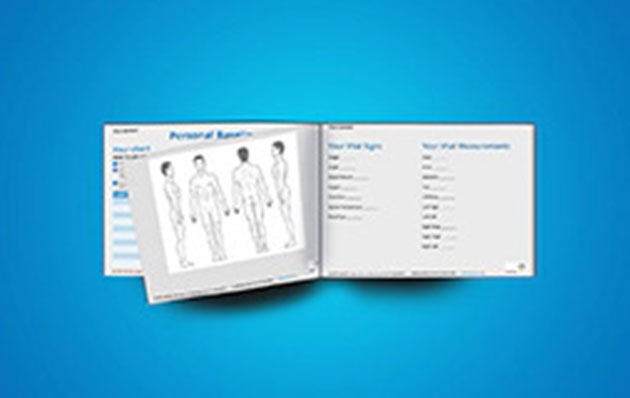
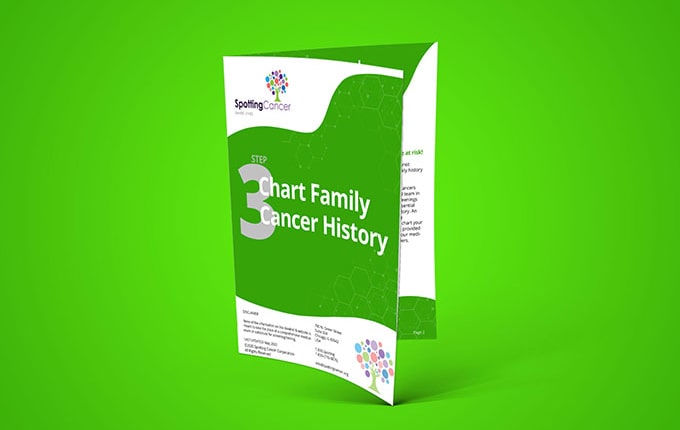
Get the Family Cancer History Guide!
Because 5 to 10 percent of all cancers are genetically related, knowing your family cancer history can help you detect cancer early and save your life. Download the Family Cancer History Guide!
Get the Screening & Testing guide
Download the Screening & Testing guide to know the various screenings and testings necessary to help detect cancer early and save your life.
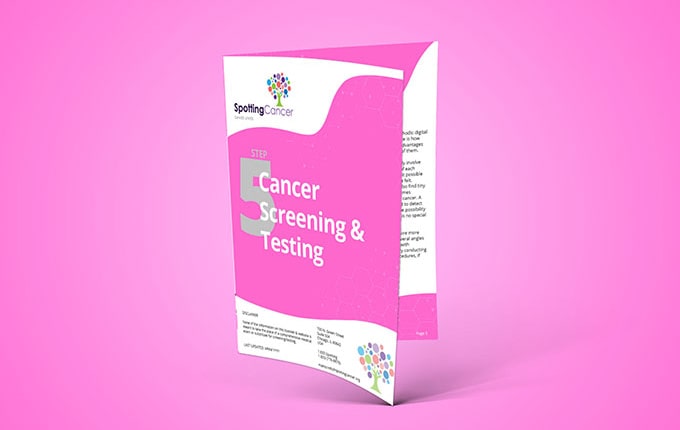
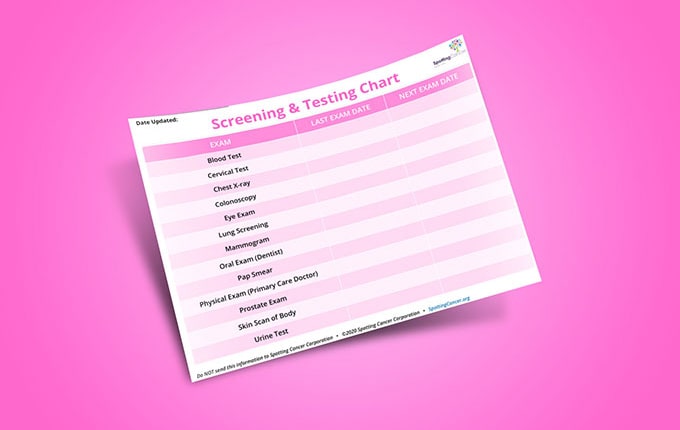
Get the Screening & Testing Scheduling chart
Download the interactive Screening & Testing Scheduling chart to help you keep track of important screening and testing schedules. Download today!
Get the Proactive Plan For Early Detection of Breast Cancer
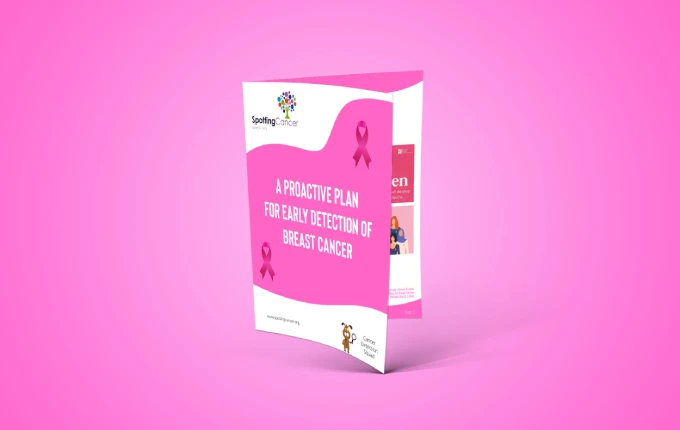
Get the Things to Know About Colonoscopies
Regular colonoscopies could be the difference between spotting cancer early or not.
